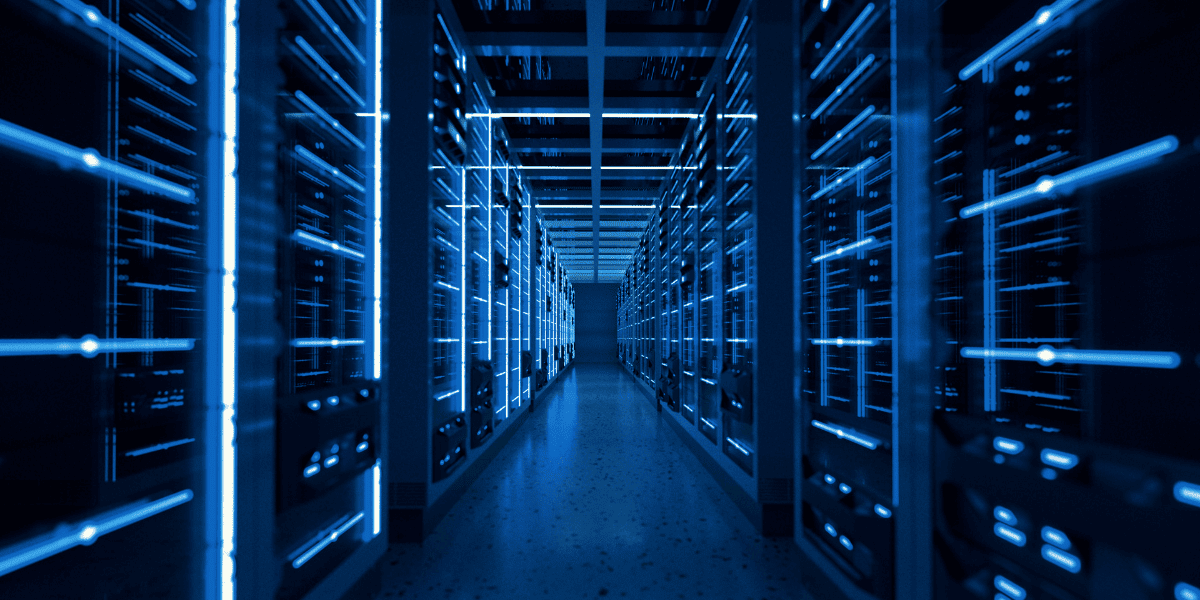There has been much talk about IT infrastructure and its impact on the environment. In this blog, we will discuss power consumption monitoring Environmental, Social, and Governance (ESG) and application considerations.
Power consumption has become a critical concern for businesses. As organisations increasingly rely on complex IT infrastructures to support their operations, IT Managers face the crucial task of not only monitoring power consumption but trying to reduce it.
Why?
- Cost savings
- Environmental responsibility
- Capacity planning and resource optimisation
- Compliance and regulations
How?
Performance benchmarking and efficiency tracking
Monitoring power consumption over time allows IT Managers to establish performance benchmarks and track trends. Knowing the power consumption and identifying trends allows the IT Manager to make informed decisions and set realistic power consumption targets. It will also inform other parts of the business.
According to Uptime Institute Global Data Center Survey 2023, 65% of IT Managers state that over the next 12 months they will be very or somewhat concerned about improving energy performance for IT.
The growing importance of Environmental, Social and Governance (ESG) principles is gaining significant traction as investors, consumers and stakeholders increasingly use this to judge a business.
How does monitoring your power consumption fit into the ESG framework?
From the IT Manager’s perspective, there are multiple areas where their role contributes to the ESG framework, but let’s just focus on the 3 relevant to this blog.
Know your environmental impact
Aim to reduce energy inefficiencies and implement methods to reduce the carbon emissions in your IT Infrastructure. Simple ways are to find the right temperature in your server rooms, power down equipment when not in use, and utilise power management in your servers.
Resource efficiency
Wherever possible, ensure that you purchase the most power-efficient systems you can, from laptops to servers, switches to routers to air conditioners. Consider utilising features such as Power Over Ethernet (PoE). While calculating power budgets for such infrastructure (hopefully you have 802.3az – green ethernet or intelligent PoE) there are other resource savings. In this case, the resource saving here comes from reduced and simplified power infrastructure i.e. less copper cable.
Risk management
Knowing your power consumption is a major risk mitigator. Power-related issues cause service disruption, data loss and hardware failure. A real headache for the IT Manager and the business. Through monitoring, the IT Manager can proactively identify and address power-related risks, and plan for the future.
So where do monitoring applications fit in?
The hardware is now being monitored, you know your current power consumption state and you can trend out future demand forecasts.
Not all software is created equal
Looking for optimal performance
Resource utilisation: Efficient software is designed to utilise system resources such as CPU, memory and storage effectively. Through the optimal use of resources, the software can perform tasks more efficiently, reducing the overall workload. This translates to less resource waste through lazy software design.
Code optimisation: Well written and optimised software code can significantly impact power consumption. Efficient algorithms, proper data structures and streamlined logic reduce the computational workload resulting in faster execution and lower power requirements.
Final thoughts
This blog has only lightly touched on the strategies that are available for an IT Manager to use. Most if not all result in cost savings but also align with the broader sustainability objectives that society should consider. By actively managing power consumption, individuals, teams and organisations demonstrate a commitment to environmental responsibility and proper resource use through less waste and better utilisation.
Embracing these practices and having them as considerations in your procurement policies creates a win-win scenario.
What if you knew the consumption before you rolled out a new application?
Did you know that AKIPS Network Monitoring software was designed with efficiency in mind? Beyond its incredible scalability and speed, the product has an extremely small server footprint.
With AKIPS, customers no longer need to worry about the energy consumption and carbon footprint of their monitoring software, no matter the scale of their network. Our innovative approach to network monitoring allows us to deliver real-time insights and alerts with minimal hardware requirements, reducing energy consumption and minimising the environmental impact of our software.
Whether you’re a small business or a large enterprise, AKIPS software provides the same level of performance and efficiency, while helping you reduce your electricity consumption.
Join AKIPS in our mission to promote sustainability and energy efficiency with our game-changing network monitoring solution.


